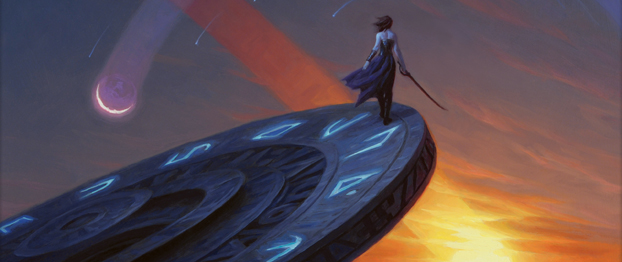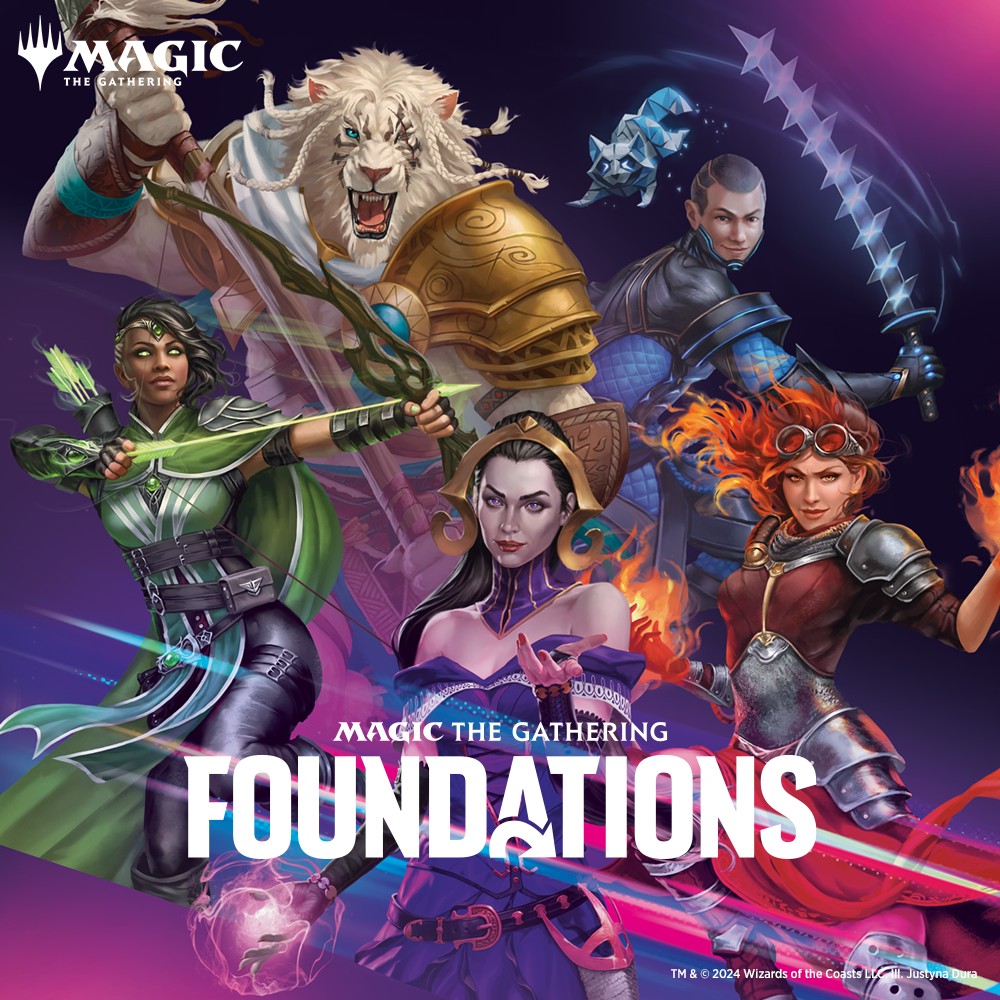It has been quite some time since the Commander Rules Committee (RC) has banned a card or made changes to the format, outside of modifying the “tuck” rule and the upcoming changes to the Commander mulligan in January. Still, grousing and concern about various centralizing cards continues unabated on both the official forums and a dedicated thread on MTGSalvation. Let’s begin by taking a quick look at the banned list and then their criteria for banning, as well as some cards that could fit into the various categories.
The Commander Banned List:
As we can see, there are a lot of very expensive cards (one ban criterion), some cards that would just break games (a second ban criterion) and some cards that interact poorly for the format or would be centralizing when played (a third and fourth ban criterion). Lastly, they also dislike cards that produce an abundance of quick mana or would be ubiquitous in play use (the last ban criteria).
On the surface, we can come to an agreement that asking players to spend hundreds, if not thousands, of dollars to acquire Moxen and a Lotus would be unhealthy for the format, on top of the extreme acceleration these would afford players. Here, however, we feel the first thread of inconsistency brush our weathered faces. If a Mox is too expensive, then why is Mishra’s Workshop allowed? Certainly, Mishra’s tool shed is supremely powerful if you have 30 or more artifacts in your deck. Hell, it’s not bad if it lets you play a handful of accelerants on turn one either. It doesn’t seem that Worskhop would be ubiquitous (you would not run it in Thrun, the Last Troll, for example) and it does not act especially poorly in the Commander format, inasmuch as many of the cooler commanders are colourless and not artifacts. So it gets a pass I suppose.
A common complaint around local tables is the omnipresence of Sol Ring and its more expensive and faster sibling Mana Crypt. Sol Ring seems to hit several of the ban criteria out of the park, but its persistent inclusion in the Commander products leads us to surmise that they perceive a little acceleration as being fine. Looking at the decklists in some of Sheldon’s articles, Sol Ring isn’t always included and more competitive staples like Mana Vault are almost never present (at least to my recollection). So we know that Sol Ring is never getting banned and Mana Crypt is probably not getting the axe either (though it is getting up there in price; I got one at 40 USD a while back and they seem to be at least three times the price these days). Rofellos did get banned...as a Commander, then entirely when they did away with the “Banned as a Commander” designation. The Power 10 accelerants are banned more because of financial costs than their acceleration, though they would speed things up considerably, especially in five-colour builds as they would access all five Moxen and Lotus.
What are we to make of this inconsistency? The RC prefers that we police ourselves and their self-stated objective is for games to end on turn 10 or later with big splashy plays. So vomiting out your deck on turn 3 isn’t great, but doing it on turns 10-20 is better. Confusing, but perhaps if we examine it from a standpoint that everyone got to play some stuff, it becomes a little less puzzling. Still, the RC can’t simply become a caretaker organization and should take a look at cards such as Mana Crypt, Mana Vault et al. If they feel the format is become too quick for their pace.
Centralizing cards, ubiquity and metagame response.
Let’s begin by exploding the myth that a card being ubiquitous gives it a warning sign as far as the RC is concerned. As they constantly remind us, there will always be best cards and more annoying cards and that alone isn’t reason enough to ban. That said, recent banned cards that have been centralizing have also had secondary purposes. Griselbrand was a flying, lifelinking Yawgmoth’s Bargain with the “limitation” that you had to draw in batches of 7, which in a 40 life format is laughably irrelevant. Like its other recent banned compatriots Sylvan Primordial, Primeval Titan and Trade Secrets, it creates a gamestate where you get far ahead of other players and like three of the four, you can cheat it out of your graveyard quite early and get virtual turns ahead of your opponents by either drawing more cards, getting more lands, putting your opponents behind and getting more lands and so on. An intersection of factors must occur for cards to be banned, and the above cards meet the criteria of ubiquity, acceleration and centralizing their game-states.
All that being said, there has been a dull roar over the past year or so over two cards: Prophet of Kruphix and Deadeye Navigator. I was so convinced that Deadeye was going to be banned that I traded all of mine a while back while (foolishly) advising others to do same, there was so much buzz going on about it around the official forums. When it remained safe (as Prophet has the past while) it seemed deflating but ultimately circled back to our having to deal with it ourselves as a group. We’ve seen both a reduction of their uses and an associated increase of spot removal to instantly deal with the offending parties.
Given that there haven’t been any cards printed recently that break game-states to the extreme degrees required by the RC to act, let’s look at a few cards I’d remove while throwing a few back on instead.
Unban me?
Panoptic Mirror: The concern with this has always been time magic and that’s a justifiable concern. However, it does take 10 mana and a turn passing unless you’ve sneaked in the Mirror via Leyline of Anticipation, Kuldotha Forgemaster or somesuch. The larger issue is with the RC being ramp and tutor-averse in general, having your players cast Demonic Tutor or Kodama’s Reach each turn might not be the envisioned goal. That’s not even taking into account imprinting Restore Balance or Ancestral Vision. Still it would be fairly hilarious to see for a month or two.
Recurring Nightmare: As a side note, this card is hilariously overpowered in Duel Commander, where you can transfer a Primeval Titan into a Sundering Titan over and over. Regular Commander has enough value to make this more than worthwhile, and that’s countered by an overabundance of graveyard removal in the format. While nervous about its reappearance, and there’s ample reason to be given the extreme value out there, there is probably room for at least a trial balloon to float out there for a little bit.
Why ban me?
Deadeye Navigator: You know how some cards can be played fairly, and you can just rein yourself in? That situation is a near impossibility with DEN. It almost always ends up paired with a value creature, a mana-enabler, a massive draw engine or as a lockdown piece (with Derevi, Empyrial Tactician for example) and turns the game into a monotonous, predictable game-state. So yes, DEN, you need to go.
Prophet of Kruphix: I was very much torn between this and Consecrated Sphinx but PoK has so much value that it’s an immediate must-respond or you will likely lose the game under an avalanche of card draw and massive threats. Would not miss one bit, even though it has reduced in play around here of late.
Into the future:
At this point, it’s safe to assume the RC won’t be banning anything unless it has an egregious effect on gameplay, causes massive shifts in local metas and so on. So play on, my fellow Commander players! And more importantly, discuss what you like and dislike so everyone at your table has fun.


